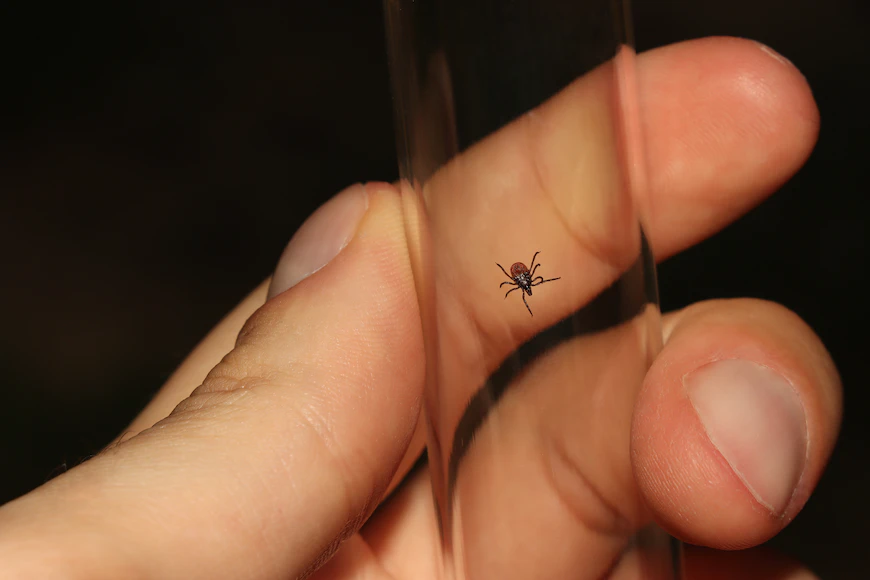"Recent research into kallikreins, an enzyme in humans that is also found in snakes, scorpions, spiders and other venomous creatures."

It may sound like something out of a science fiction movie, but humans could one day be capable of producing venom. This fascinating scientific discovery has implications for both the medical and biological fields. Recent research into kallikreins, an enzyme in humans that is also found in snakes, scorpions, spiders and other venomous creatures has opened up a new realm of possibilities when it comes to understanding how humans can produce their own unique type of venom. It is the beginning theory for potentially venomous humans.
To explore this idea further, it helps to look at how venom works in the animal kingdom. From vampire bats with toxic saliva to platypuses with spurs on their hind legs, there are many examples of animals using venom for various purposes. But what about humans? Could we too be capable of wielding our own form of chemical weapon? The answer may surprise you! Read on to learn more about this incredible science behind humans being able to produce their venom.
Overview of Venom and Its Uses in Nature

In nature, venom serves a variety of important roles. From delivering powerful neurotoxins to immobilizing prey, venom has many uses and is incredibly effective when it comes to capturing or killing intended targets. Different species have evolved different versions of venom depending on their surroundings and what they need to do to survive. This adaptation of venom based on prey type and environment allows for increased hunting success and survival of the species.
For example, in the Sahara Desert floor where snakes hunt mostly mice, the venom acts mostly on the circulatory system as it is not difficult for a snake to track a dying mouse a short distance on flat ground. In nearby Rocky Mountains, where the snakes hunt mainly lizards, the venom is a potent neurotoxin because if the prey is not quickly immobilized, it can easily escape into a crack and be hidden away.
How Humans Might be Capable of Producing Their Own Venom

With the discovery of kallikreins in humans, scientists have found that humans are capable of producing their own unique type of venom. Kallikreins are proteins secreted by cells in many tissues and organs including skin, glands, and nerves.
The most commonly known form of human-produced venom is saliva which contains several kallikrein proteins that can have toxic effects. While humans do not have venomous fangs or claws like some animals, the toxic compounds present in our saliva are enough to cause pain or even death if ingested in large amounts.
Possible Uses for Human Venom

Scientists are not sure yet what other potential uses humans may be able to find for their venom, but they are hopeful that it could be used in the medical field. For example, researchers have theorized that venom-based drugs could potentially be used to target specific tissues or cells, such as cancer cells, and destroy them without harming other healthy tissues. It is also possible that humans may find new uses for their venom in areas such as pest control.
Ultimately, there is still much more research to be done before humans can take advantage of their venom production capabilities. However, this recent discovery certainly opens up an exciting new realm of possibilities when it comes to humans and their relationship with nature. Who knows what else we may uncover about our incredible bodies and the world around us?
Concluding Thoughts on Humans and Venom

Humans have a remarkable ability to understand and manipulate their genetic makeup, and this research into humans producing venom is certainly pushing the boundaries of science. Even though there are still many unknowns when it comes to humans producing venom, we can already see potential applications for medical treatments.
Humans may one day find themselves with an entirely new form of protection or even be able to use venom-based drugs to treat serious illnesses such as cancer. For now, all that is left to do is wait and see what will come from these groundbreaking discoveries about humans and venom.

Leave a Reply